Nicolas Karakatsanis may have familiarized himself with manoeuvring in the dark, but in his fourth solo show at Alice Gallery, the Brussels-based photographer – who as the director of photography for Craig Gillespie recently shot I, Tonya – bathes himself in light.
Bright eyes stare at packed schedules. It is no different for Nicolas Karakatsanis. Over the past few years, he worked as the director of photography on films by Bas Devos (Violet), Jonas Govaerts (Welp), Michaël R. Roskam (Bullhead, The Drop, Le fidèle), Erik Van Looy (The Loft), John Hillcoat (Triple 9), and very recently Craig Gillespie (I, Tonya).
But he also continues to make time for his own passion project, photography. Thank goodness. As a photographer, Karakatsanis is a master of suggestion, mystery, and the call of beauty that can evoke an emotional connection with the viewer. In “Disgracers”, his fourth solo exhibition at Alice Gallery, he does so in an absolutely unparalleled manner.
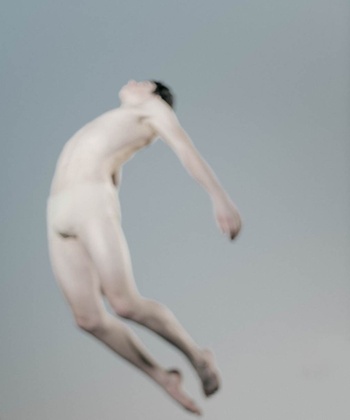
Inspired by the work of Dutch artist Hendrick Goltzius – especially The Four Disgracers, a series of engravings from 1588 depicting Icarus, Phaeton, Tantalus, and Ixion as falling figures – which he saw at the Metropolitan Museum of Art in New York, the Brussels-based photographer juggles bodies, gravity, and…light. Things used to be different. Karakatsanis has made himself a master of darkness, a Caravaggian way of seeing that opens a seductive crack in the doors of perception. This is the first striking thing about “Disgracers”: in addition to darkness, light floods in here, just like in Goltzius’s quadriptych.
It does not sell the mystery short. In the best images, we see glowing hair and skin, bodies that are almost ephemeral, angelic, luminous. It is almost surprising that they don’t fall to pieces. Nicolas Karakatsanis is so close and so intimate with his models – in this case athletes, dancers, and circus artists – that he almost touches what lies beyond: the immaterial glow behind these bodies that are graceful, intensely twisted, or draped like heavy fabric.
Flowing bodies
Against deep black backgrounds, small bodies float across the void. Are they freefalling into the depths or rising into weightlessness? Gravity sometimes commands his figures. In one of the first images we see, somebody is disappearing out of the frame. We just barely see an arm, a leg before they dissolve, evaporate.
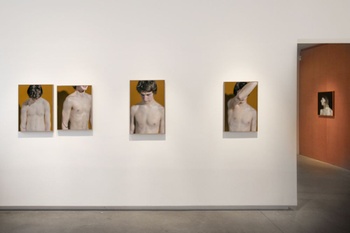
Nicolas Karakatsanis: Disgracers - installation view
Karakatsanis’s images anchor themselves in that liminal space. They float, attempt to acquire a fixed form, or do precisely the reverse. They dream, their eyes closed and their heads in a corner that makes dreams tumble in. Others look straight at the viewer or stare out through hollow eyes, their hair wildly draped around their faces, at a terrifying vision.
On one occasion, the atmosphere almost breaks apart. In a quadriptych, we see the torso of a young man who disappears out of shot with half a smile. The beauty of the inability to escape from your human container is endearing.
In his photographic practice, Nicolas Karakatsanis approaches the magic and the expressive power of painting. By printing only one copy of his photos. And by painting with light. In that light, or the lack of it, his models flow into characters, ideas even. The soul on photographic film.
> Nicolas Karakatsanis: Disgracers. > 29/4, Alice Gallery.
Read more about: Brussel-Stad , Expo , Nicolas Karakatsanis , Alice Gallery
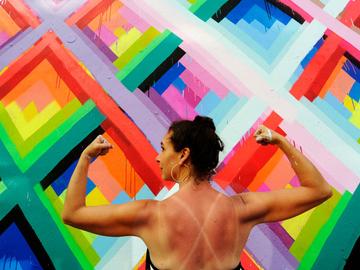
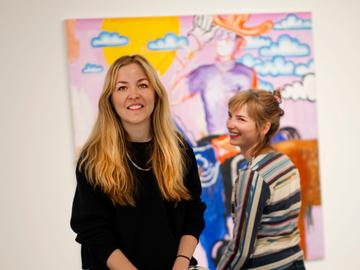
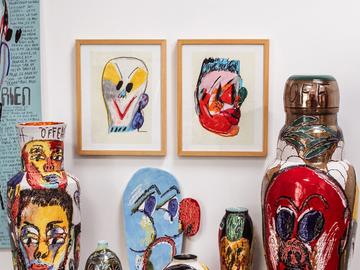
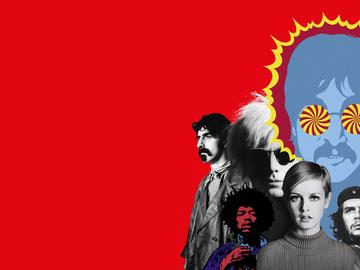
Fijn dat je wil reageren. Wie reageert, gaat akkoord met onze huisregels. Hoe reageren via Disqus? Een woordje uitleg.